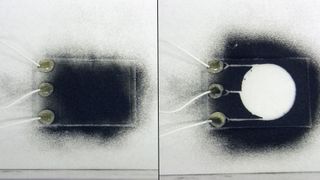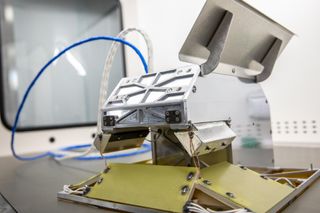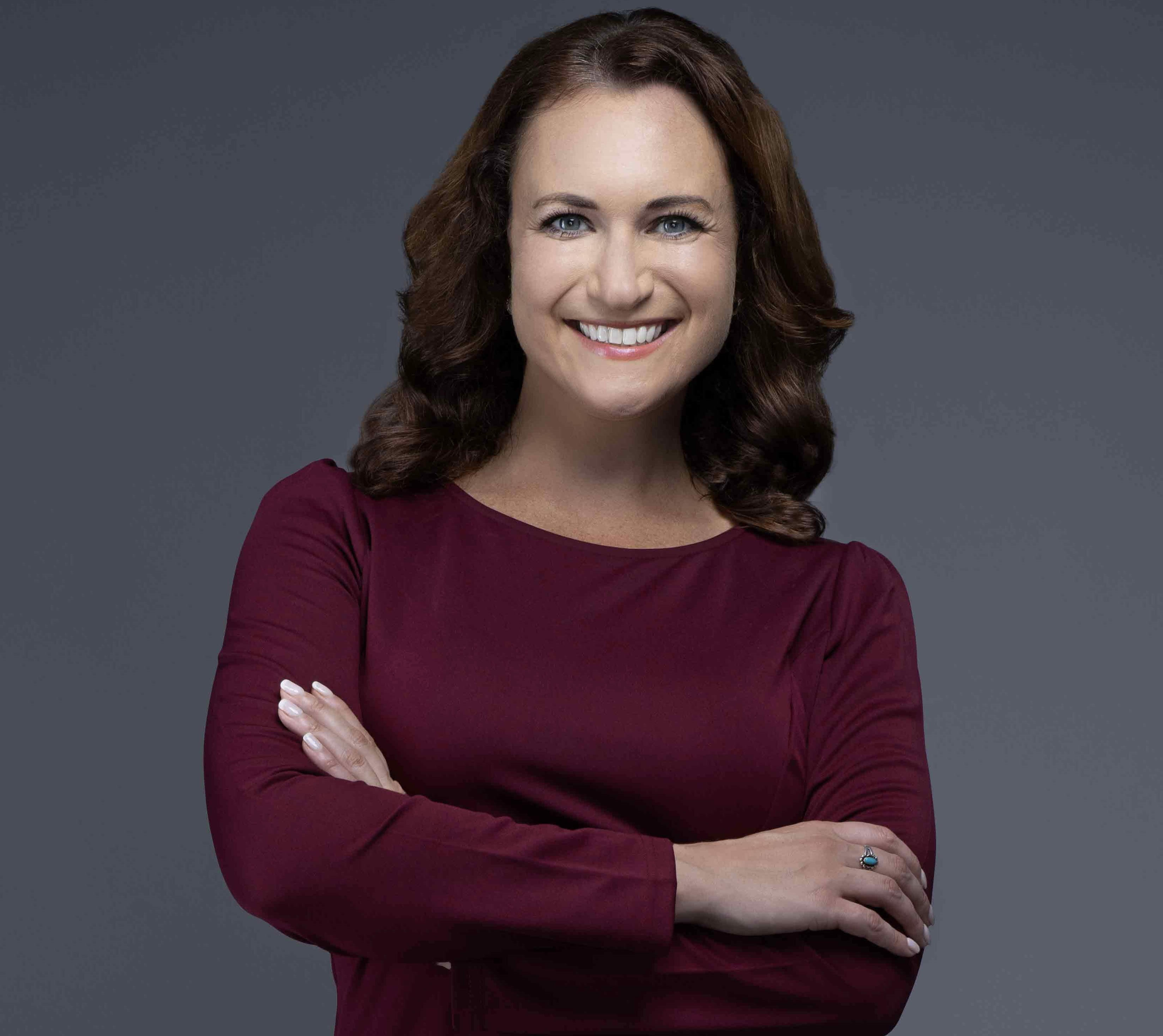Private moon mission to carry NASA electric moon dust shield in 2024
NASA is sending a technology demonstrator to the moon on the upcoming private Firefly Blue Ghost Mission 1 in order to test how to repel and remove lunar dust using electricity.

Let's be honest — many of us hate dusting.
But at least even as thick the dust coating might be around the house, with one fell swoop of duster, the particles are wiped away and the surface is clean again. Unfortunately, for our astronauts and spacecraft, dust poses much more of a threat on other bodies such as on the moon and Mars due to the harsh, 'sticky' nature of the dust on those worlds.
The difference between dust on the moon versus on Earth is that it's more jagged and piercing like glass. "Simply brushing lunar regolith across surfaces can make the problem worse because it's also very electrostatically charged and highly insulating," said Charles Buhler, lead research scientist at the Electrostatics and Surface Physics Laboratory at NASA's Kennedy Space Center in Florida.
"For these CLPS and Artemis missions, dust exposure is a concern because the lunar surface is far different than what we're used to here," Buhler said in a statement. "Lunar regolith dust can get into gaskets and seals, into hatches, and even into habitats, which can pose a lot of issues for spacecraft and astronauts."
Related: NASA's Artemis moon astronauts may wear electric field spacesuits to fight pesky lunar dust
One possible solution to mitigate damage caused by this dust is NASA's new Electrodynamic Dust Shield (EDS) technology.
EDS technology has been in the works at NASA Kennedy since 2004 and is a derivation of the Electric Curtain concept originally crafted in 1967. It uses a combination of electrodes and electric fields to pick up and remove dust from objects such as thermal radiators, solar panels, camera lenses, spacesuits, boots, and helmet visors.
Get the Space.com Newsletter
Breaking space news, the latest updates on rocket launches, skywatching events and more!
The original testing for EDS in space took place in vacuum chambers and was used to remove lunar dust samples from NASA's Apollo Missions. The first time it was tested in space was in 2019 as part of the NASA Materials International Space Station Experiment 11 mission inserted in a dozen different glass, polyimide, and prototype spacesuit fabric panels.

A recent experiment was part of Intuitive Machines' first lunar lander mission where EDS technology was used in two lenses of the EagleCam CubeSat camera system instrument which was successful in providing some usable data sets.
The next demonstration will include a lunar landing attempt through NASA's Commercial Lunar Payload Services program, which sends agency science payloads up on commercial lunar landers with the goal of assisting with future Artemis program missions.
The EDS system will fly aboard Firefly Aerospace's Blue Ghost Mission 1, which will put a lunar lander on the moon's surface later in 2024. A total of ten agency payloads will launch to the moon on Blue Ghost Mission 1, including the EDS prototype.
"The team has put in a tremendous amount of work and dedication. EDS is considered the leading technology and the best we have for the removal of dust for space applications," Buhler said. "To fly as a dedicated payload on a mission to the moon is very exciting."
Join our Space Forums to keep talking space on the latest missions, night sky and more! And if you have a news tip, correction or comment, let us know at: community@space.com.

Meredith is a regional Murrow award-winning Certified Broadcast Meteorologist and science/space correspondent. She most recently was a Freelance Meteorologist for NY 1 in New York City & the 19 First Alert Weather Team in Cleveland. A self-described "Rocket Girl," Meredith's personal and professional work has drawn recognition over the last decade, including the inaugural Valparaiso University Alumni Association First Decade Achievement Award, two special reports in News 12's Climate Special "Saving Our Shores" that won a Regional Edward R. Murrow Award, multiple Fair Media Council Folio & Press Club of Long Island awards for meteorology & reporting, and a Long Island Business News & NYC TV Week "40 Under 40" Award.
